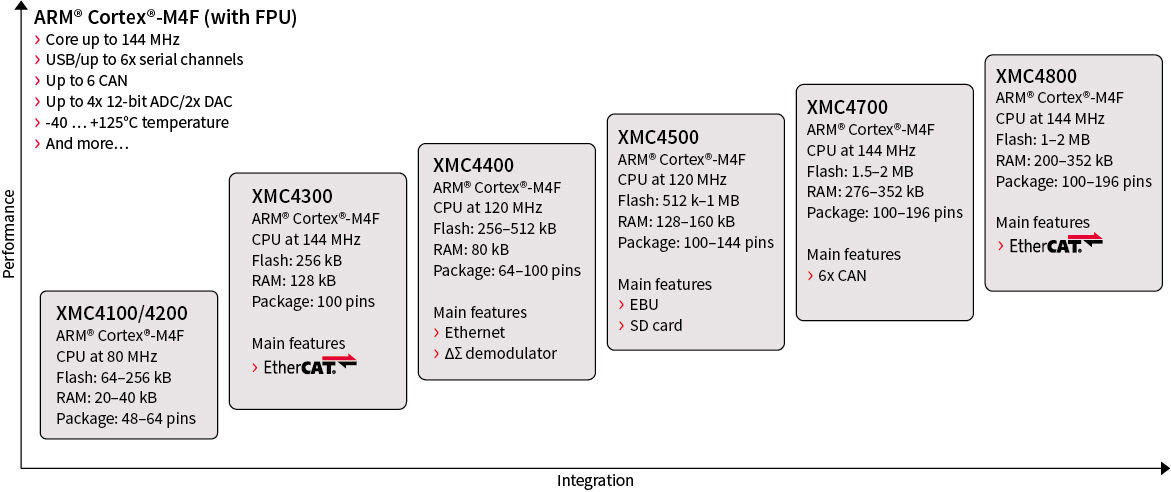

- #Convert mac address to float point update#
- #Convert mac address to float point 32 bit#
- #Convert mac address to float point full#
- #Convert mac address to float point code#
GNU libc, uclibc or the FreeBSD C library - please have a look at the licenses before copying the code) - be aware, these conversions can be complicated.Ĭan you add support for 64-bit float/16-bit float/non-IEEE 754 float?.: If you need to write such a routine yourself, you should have a look at the sourecode of a standard C library (e.g.
#Convert mac address to float point 32 bit#
"3.14159", a string of 7 characters) and a 32 bit floating point number is also performed by library routines. The conversion between a string containing the textual form of a floating point number (e.g. This can be easily done with typecasts in C/C++ or with some bitfiddling via in Java. a 32 bit area in memory) and the bit representation isn't actually a conversion, but just a reinterpretation of the same data in memory. The conversion between a floating point number (i.e.
#Convert mac address to float point code#
This source code for this converter doesn't contain any low level conversion routines. Don't confuse this with true hexadecimal floating point values in the style of 0xab.12ef.Ĭan you send me the source code? I need to convert format x to format y.: The hex representation is just the integer value of the bitstring printed as hex.

This can be seen when entering "0.1" and examining its binary representation which is either slightly smaller or larger, depending on the last bit. Not every decimal number can be expressed exactly as a floating point number. However this confused people and was therefore changed (). This is effectively identical to the values above, with a factor of two shifted between exponent and mantissa. Note: The converter used to show denormalized exponents as 2 -127 and a denormalized mantissa range [0:2). The exponent value is set to 2 -126 and the "invisible" leading bit for the mantissa is no longer used.


If the exponent has minimum value (all zero), special rules for denormalized values are followed. If the exponent reaches -127 (binary 00000000), the leading 1 is no longer used to enable gradual underflow. it is not actually stored) with value 1.0 is placed in front, then bit 23 has a value of 1/2, bit 22 has value 1/4 etc. The mantissa (also known as significand or fraction) is stored in bits 1-23.Īn invisible leading bit (i.e. The exponent can be computed from bits 24-31 by subtracting 127. The value of a IEEE-754 number is computed as: Please note there are two kinds of zero: +0 and -0. You can enter the words "Infinity", "-Infinity" or "NaN" to get the corresponding special values for IEEE-754. To make it easier to spot eventual rounding errors, the selected float number is displayed after conversion to double precision.
#Convert mac address to float point update#
Or you can enter a binary number, a hexnumber or the decimal representation into the corresponding textfield and press return to update You can either convert a number by choosing its binary representation in the button-bar, the other fields will be updated immediately. IEEE-754-Standard contains formats with increased precision. The conversion is limited to 32-bit single precision numbers, while the There can be surprising differences in what numbers can be represented easily in decimal and which numbers can be represented in IEEE-754. This is the format in which almost all CPUs represent non-integer numbers. This webpage is a tool to understand IEEE-754 floating point numbers. So you can easier tell the difference between what you entered and what you get in IEEE-754. The difference between both values is shown as well, Entering "0.1" is - as always - a nice example to see this behaviour.
#Convert mac address to float point full#
Well as the actual full precision decimal number that the float value is representing. Now the original number is shown (either as the number that was entered, or as a possibly rounded decimal string) as Previous version would give you the represented value as a possibly rounded decimal number and the same number with the increased precision There has been an update in the way the number is displayed.


 0 kommentar(er)
0 kommentar(er)
